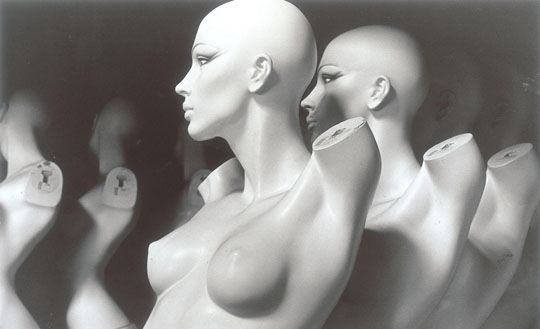Mannequins are a foil for fashion items, whether they be coats, stockings or even hairpieces. Few of us pause to wonder where those plastic dolls go after they grace the shop windows or decorate department store floors.
But in reality, mannequins made in Japan spend a lot of time in warehouses. Unlike in the West, mannequins are rented — not sold — to stores, so major manufacturers have to have space to store them before shipping them or when repairing and remodeling them. The warehouses are also a place for old, tired mannequins to come back to before they are dumped as industrial waste.
Yoshiaki Haruta, a retired inspector at the Kobe Customs Office — and an award-winning amateur photographer — finds beauty in the bare mannequins in such warehouses and has taken pictures of them for 40 years. His longtime infatuation with the plastic human figures peaked this week, with the publication of a photo book titled "Doll's House."

















With your current subscription plan you can comment on stories. However, before writing your first comment, please create a display name in the Profile section of your subscriber account page.